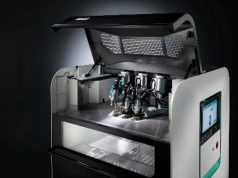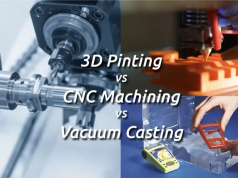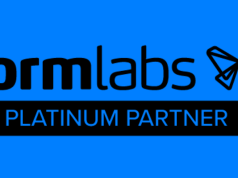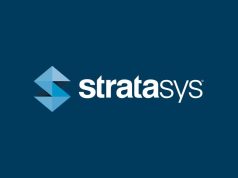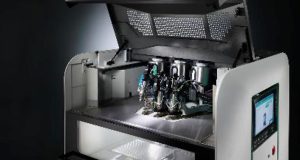According to the Hype-Cycle of the research institute Gartner, 3D printing of medical devices has reached the peak of inflated expectations. However, certain applications are already becoming the norm in medical care.
3D printed custom medical items such as hearing aids and dental devices are already mainstream products in the healthcare industry.
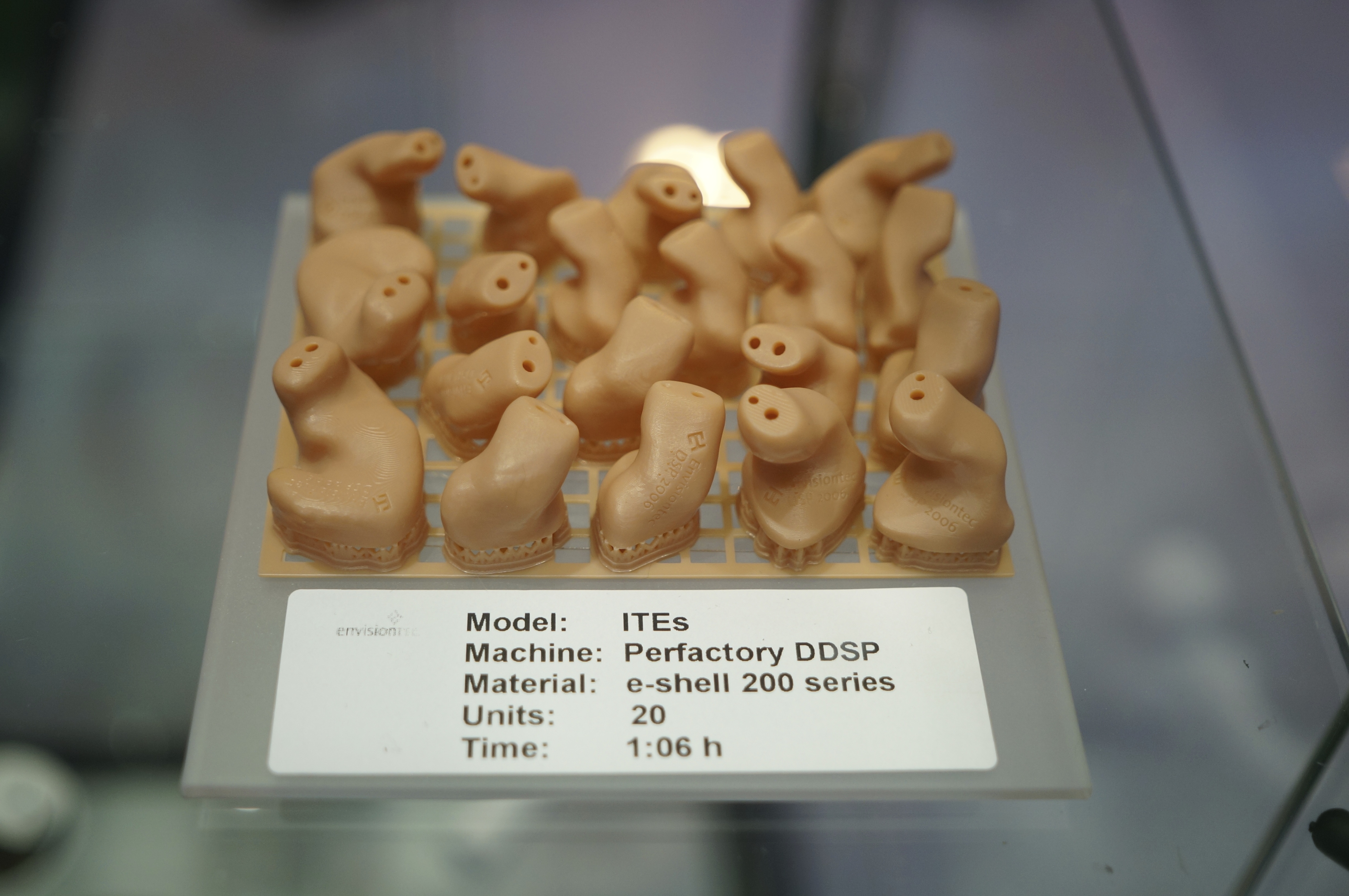
“All of the major hearing aid manufacturers now offer devices that are personalized to the shape of the customer’s ear,” said Pete Basiliere, research director at Gartner. “This is evidence that using 3DP for mass customization of consumer goods is now viable, especially given that the transition from traditional manufacturing in this market took less than two years. Routine use of 3DP for dental implants is also not far from this level of market maturity.”
Other medical applications for 3D printing are further from mainstream, yet equally important. Implanted hip and knee replacements, a $ 15 billion industry, are one of the most common surgical procedures. So far 3D printed replacements have led to improved healing times and function of the implant along with an improved success rate in more complex operations. According to Gartner, this application will be mainstream within two to five years.
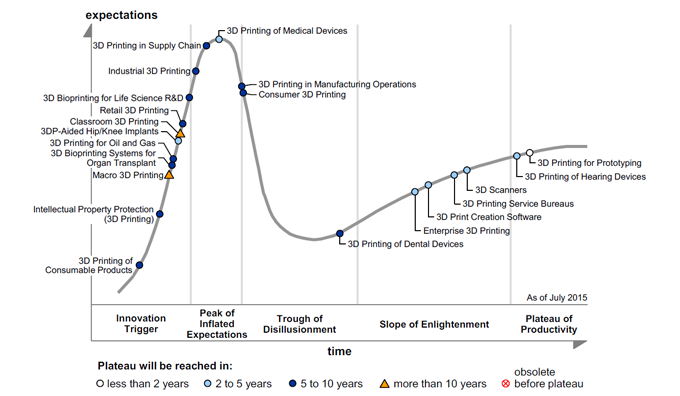
3D bioprinting is at least five to 10 years from mainstream adoption. Gartner classifies two categories in their Hype Cycle; the production of living tissues for human transplant and for life sciences’ research and development.
“Some of these R&D systems are already capable of printing cells, proteins, DNA and drugs, however there are significant barriers to mainstream adoption,” said Michael Shanler, research director at Gartner. “The sheer complexity of the items to be printed and the high maintenance requirements of these systems mean that initial deployments will be mostly limited to specialist service providers. We see mainstream adoption increasing as the systems become more diverse in their functions.“
Subscribe to our Newsletter
3DPResso is a weekly newsletter that links to the most exciting global stories from the 3D printing and additive manufacturing industry.




